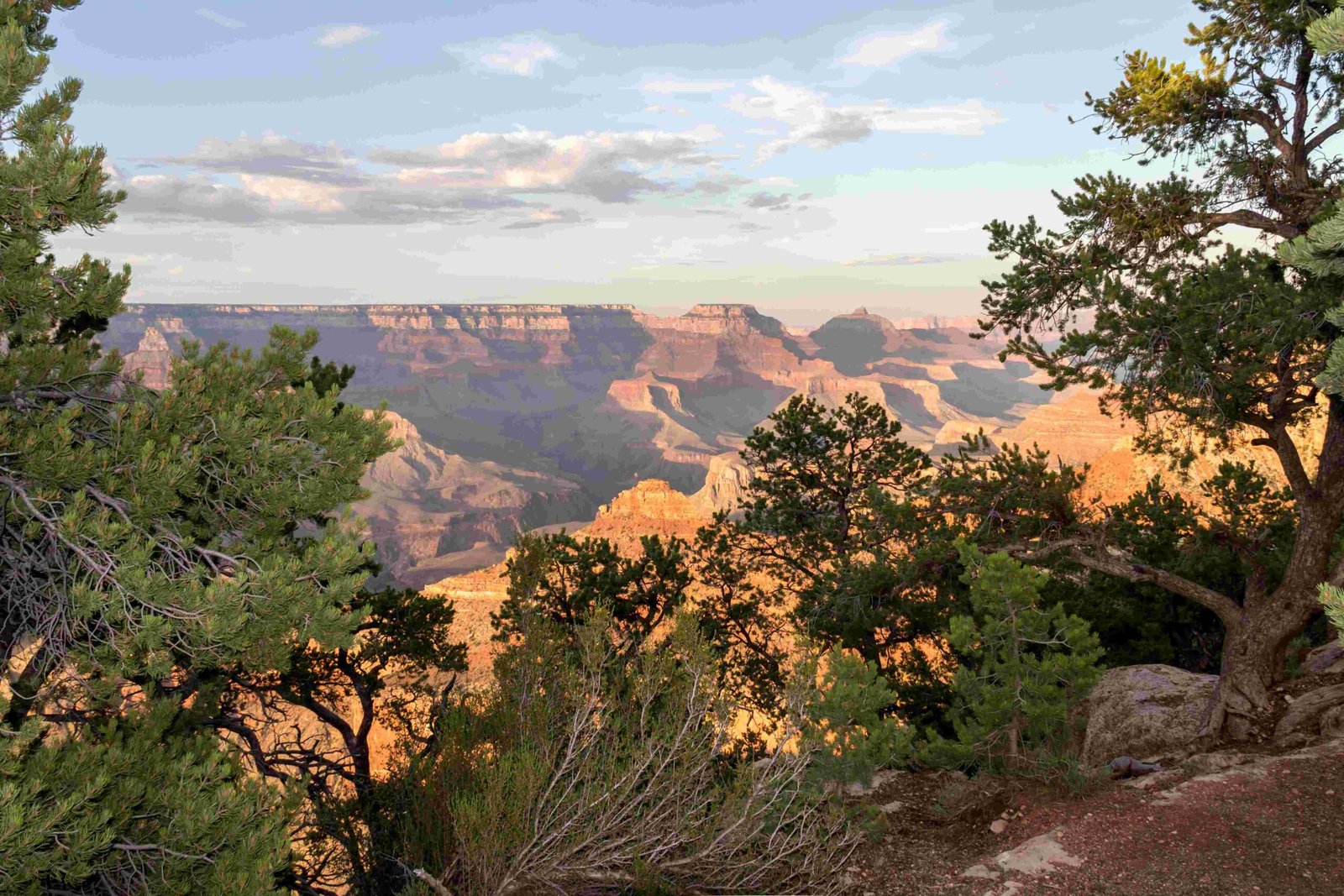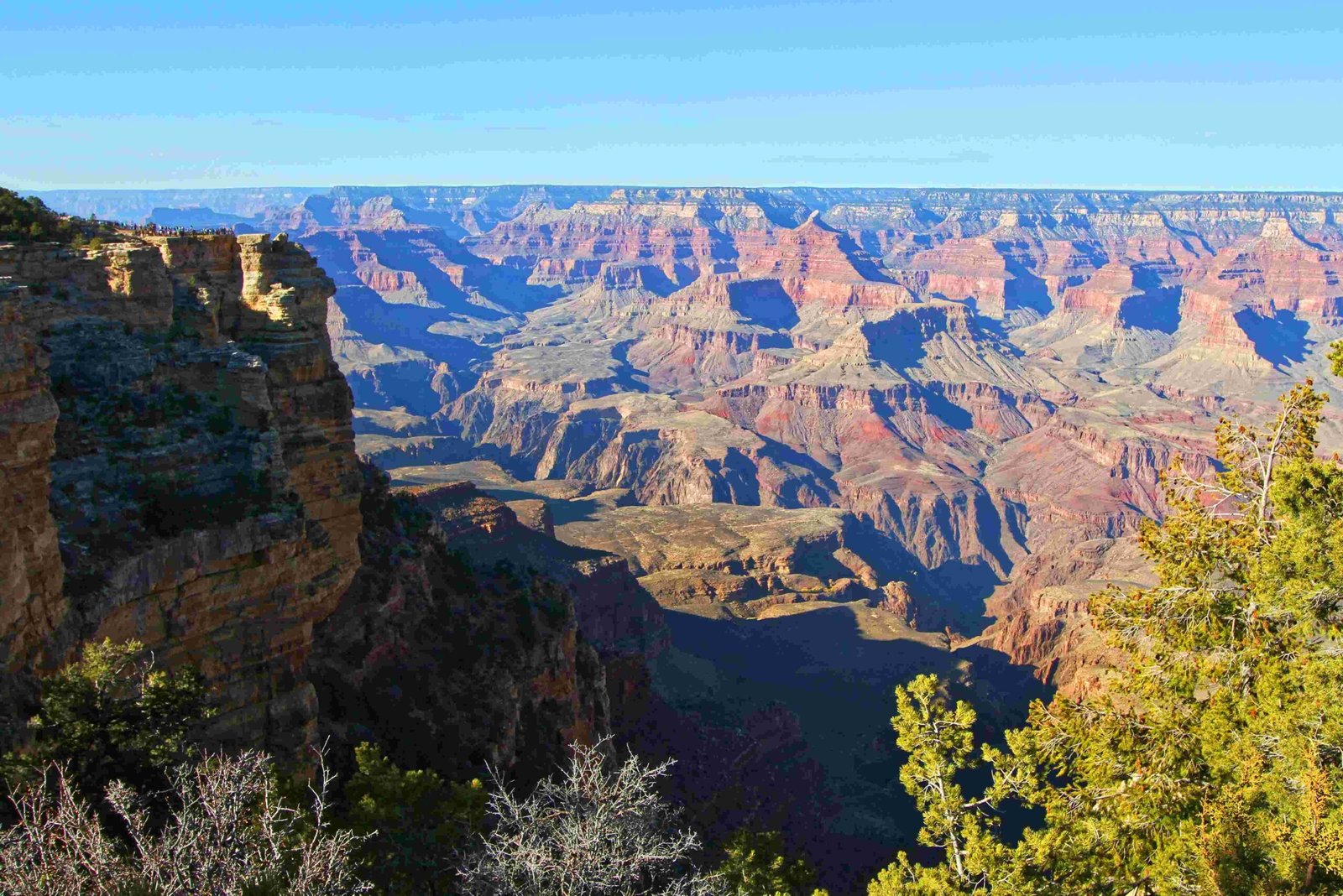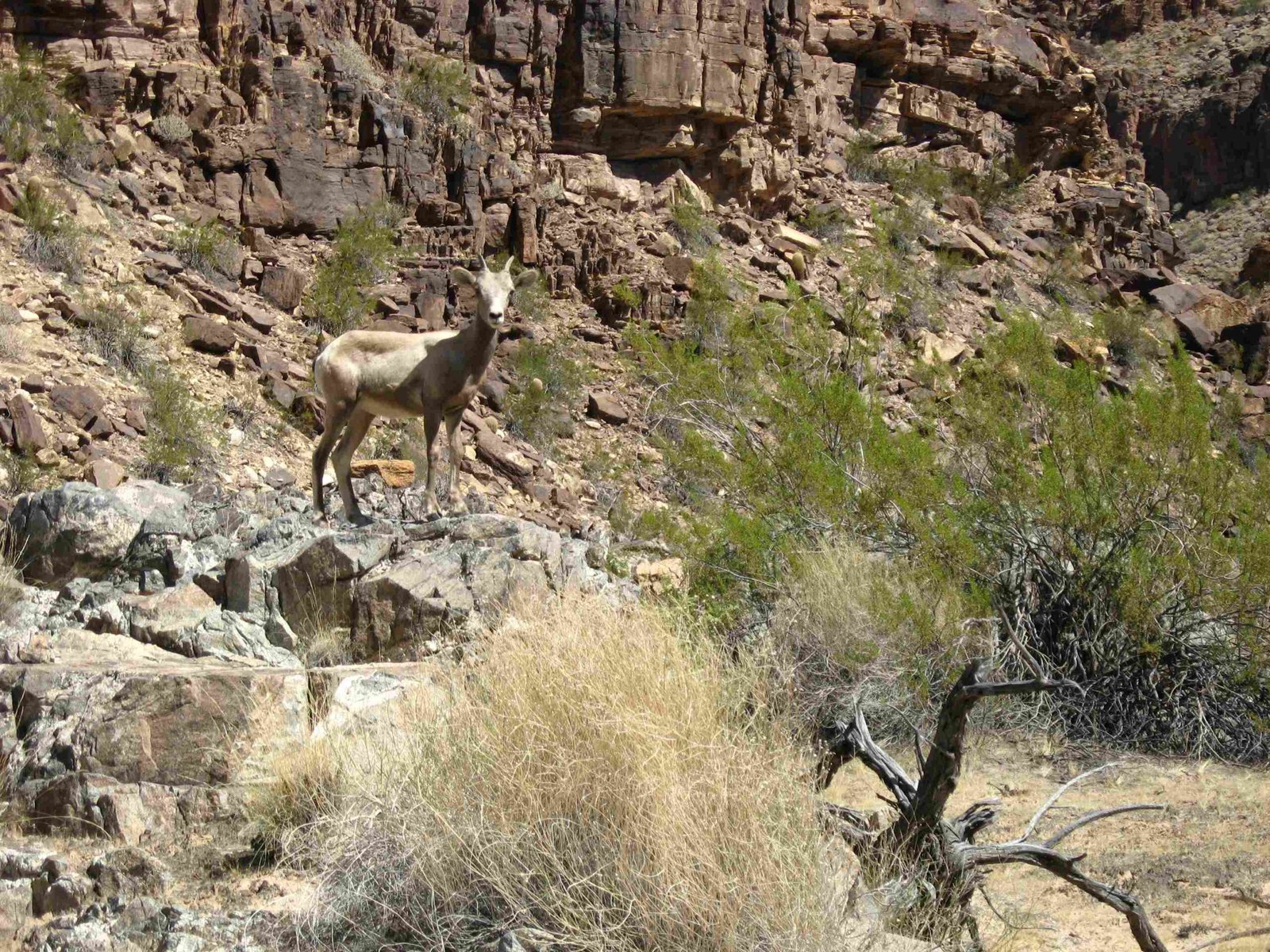The Grand Canyon harbors a remarkable venomous lizard species, the Gila monster, a prehistoric-looking creature that thrives in the harsh desert environment of the southwestern United States. These rare and fascinating reptiles represent one of the only two venomous lizard species native to North America, making their presence in the Grand Canyon a unique ecological phenomenon that attracts researchers and wildlife enthusiasts alike.
What Makes the Gila Monster a Unique Venomous Lizard?

Distinctive Physical Characteristics
The Gila monster (Heloderma suspectum) stands out with its:
– Robust, beaded black and orange/pink patterned skin
– Heavy body structure
– Maximum length of approximately 2 feet
– Distinctive venomous saliva delivery mechanism
Venom Composition and Delivery
Unlike snakes, Gila monsters have a unique venom delivery system:
– Venom produced in modified salivary glands
– Delivered through grooved teeth
– Neurotoxic properties that cause intense pain
– Relatively low venom volume per bite
Where Do Gila Monsters Live in the Grand Canyon?

Habitat Specifics
Gila monsters inhabit specific microenvironments within the Grand Canyon:
| Location | Characteristics |
|---|---|
| Western Edge | Desert scrubland |
| Rocky Foothills | Elevation up to 5,000 feet |
| Sheltered Areas | Burrows, rock crevices |
| Woodland Transitions | Oak woodland interfaces |
Seasonal Activity Patterns
- Spring: Peak activity from late April to mid-June
- Summer: Limited surface movement
- Winter: Hibernation from November to February
How Dangerous Are Gila Monster Bites?
Bite Characteristics
- Extremely painful but rarely life-threatening
- Symptoms include:
- Severe localized pain
- Swelling
- Potential nausea
- Minimal systemic effects
Medical Considerations
- No specific antivenin available
- Treatment focuses on pain management
- Rare occurrence of human interactions
Conservation and Ecological Significance
Population Status
- Protected species
- Limited distribution
- Critical role in desert ecosystem
Behavioral Adaptations
Gila monsters have remarkable survival strategies:
– Underground dwelling
– Efficient water conservation
– Infrequent feeding (can survive months between meals)
– Temperature regulation through behavioral mechanisms
Visitor Interaction and Safety
Observation Guidelines
- Maintain safe distance
- Do not attempt to handle
- Use binoculars for close observation
- Stay on designated park trails
Best Viewing Opportunities
- Early morning hours
- After rainfall
- Near rocky sheltered areas
- Guided ranger programs
Research and Scientific Importance
Ongoing Studies
Researchers continue to explore:
– Venom’s potential medical applications
– Genetic adaptations
– Climate change impacts on habitat
Unique Research Findings
- Venom contains compounds potentially useful in diabetes treatment
- Complex thermoregulation mechanisms
- Rare example of venomous lizard evolution
Conclusion
The Gila monster represents a fascinating example of evolutionary adaptation in the Grand Canyon’s complex ecosystem. These venomous lizards offer a glimpse into the intricate survival strategies of desert wildlife.
Quick Facts
- Scientific Name: Heloderma suspectum
- Habitat: Grand Canyon western regions
- Conservation Status: Protected
- Unique Trait: One of two venomous lizards in North America
References:
– Smithsonian’s National Zoo and Conservation Biology Institute
– National Park Service – Grand Canyon
– Arizona-Sonora Desert Museum

